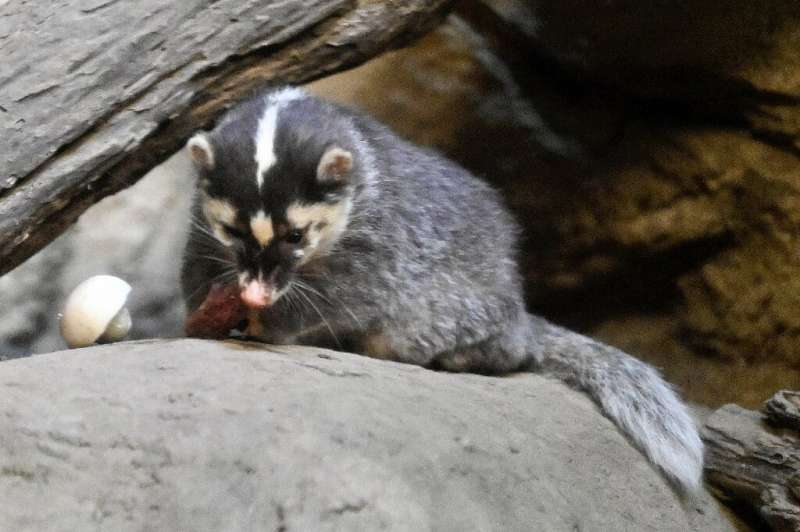Elisha Fieldstadt
Mon, January 10, 2022
Ancient rock art at a Texas national park was "irreparably damaged" last month, prompting officials to urge the public to come forward with information about the vandals.
"On December 26th, a panel of ancient petroglyphs in the Indian Head area of Big Bend National Park was irreparably damaged when vandals chose to boldly scratch their names and the date across the prehistoric art," the National Park Service said in a statement.
The carvings that were destroyed are between 3,000 and 8,500 years old, Tom VandenBerg, chief of interpretation and visitor services with Big Bend National Park, told NBC News.
"The particular style of rock art that was damaged in this instance is classified by archeologists as the 'Pecked Abstract Tradition," VandenBerg said. "It is characterized by abstract, complex, geometric shapes and lines."
Damaging park resources violates the Code of Federal Regulations. Additionally, rock art and ancient cultural sites are protected under the Archaeological Resources Protection Act.
"Park managers have seen an increase in vandalism and graffiti in the area, and ask anyone with information about these incidents, or the persons involved, to contact the law enforcement staff of Big Bend National Park," officials said.

Image: Big Bend petroglyphs (National Park Service)
The petroglyphs, or rock carvings, in Big Bend appeared to be carved over with the names Issac, Ariel, Norma and Adrian; the year 2021; and the date 12-26-21, according to a photo from the park service.
"National Parks are treasured lands and protect our national heritage," the park service's statement said. "Graffiti is vandalism, is costly, and extremely difficult if not impossible to remove."
Big Bend archeologists have seen more than 50 instances of vandalism since 2015, according to the statement. The park service asked people not to try to clean graffiti or vandalism themselves, but rather contact park staff who "will attempt to mitigate the damage as quickly as possible, using highly specialized techniques."
Staff have worked to treat the rock carving, but "much of the damage is, unfortunately, permanent," officials said.
VandenBerg said the vandalism is under investigation, and the park service has received "a number of potential leads."








